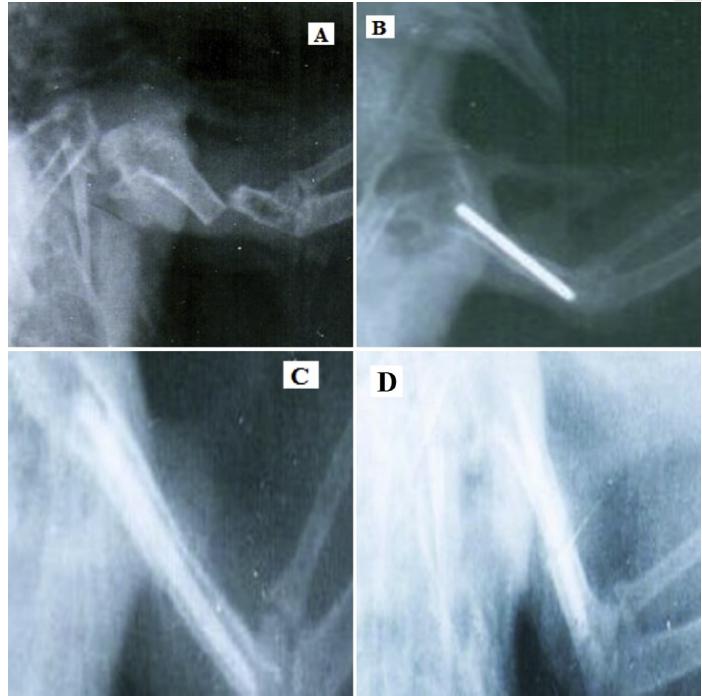
Credit: Nazhvani et al.
Sheep and dog bones can be whittled into orthopedic pins that stabilize pigeons’ fractured wings, helping the fractures to heal properly without follow-up surgery. Researchers describe the treatment, which is cheaper and more efficient than using metal pins for pigeon rehabilitative surgeries, November 20th in the journal Heliyon.
“There is no need for the implants to be removed because they will ultimately be absorbed by the body,” says first author Saifullah Dehghani Nazhvani, of the Shiraz University School of Veterinary Medicine’s department of surgery in Iran. “Therefore, the implants can be used for wild birds, such as eagles, owls, and seagulls.”
Nazhvani works at a veterinary clinic at Shiraz University, where they frequently see wild and companion birds suffering from fractures in their wings or legs. They typically use metal pins, which is standard for these types of procedures, but they noticed imbalance in the flight, take off, or landings after fracture repair. Therefore, they wanted a technique to use lightweight pins that they did not need to remove.
Nazhvani’s team thought bones could be the answer. They sanded and processed sheep and dog bones, obtained from animals that had previously died, into pins small enough to be inserted into a pigeon’s humeral bones–the wing bone closest to a bird’s body. After 32 weeks of observation, pigeons with sheep or dog bone orthopedic pins were able to fly as well as before the operation.
“There was no rejection of any of the implanted bones at all,” says Nazhvani. “And for pigeons who underwent the treatment, there was early function of the wing and more solid repair than we thought due to slow absorption of the implant and its contribution to the healing process.”
The researchers are already applying their finding to the birds that come into their clinic. They are also trying to make plates made from cattle or horse bone and compare them to conventional metal plates for other types of rehabilitative bird surgeries.
###
This work was supported by Shiraz University.
Heliyon, Nazhvani et al.: “Humeral Fracture Treatment in Pigeons by Bone Pins Made from Ovine and Canine Bones”
Heliyon (@HeliyonJournal), part of the Cell Press family, is an open access journal publishing scientifically accurate and valuable research across life, physical, social, and medical sciences journal. Visit https:/
Media Contact
Stephanie Fox
[email protected]
617-417-7053
Related Journal Article
http://dx.




